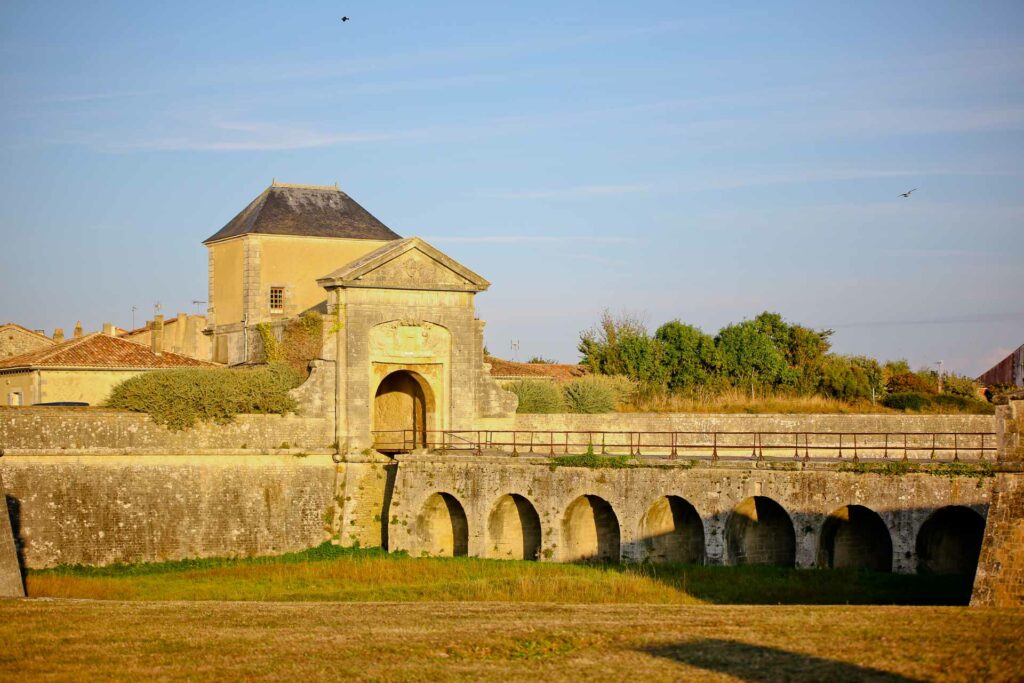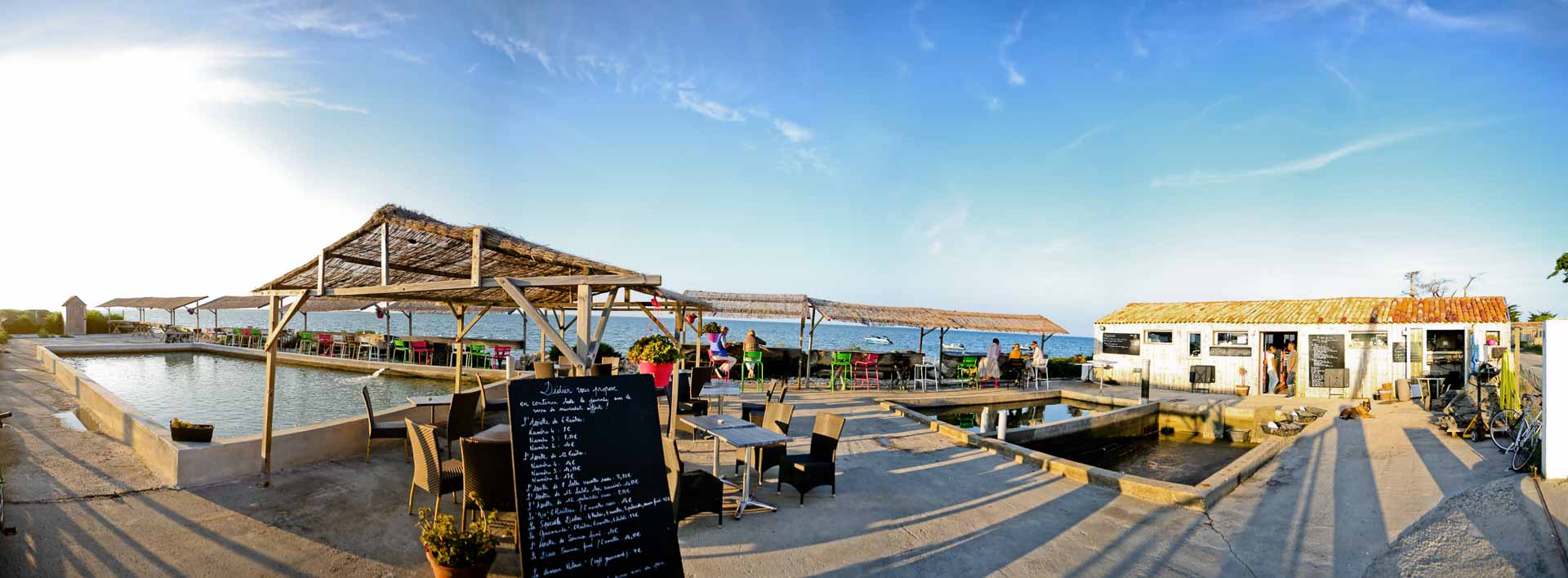Île de Ré is part of the Charente archipelago in the Nouvelle Aquitaine region of France. It is the fourth largest island in mainland France. It has a historic capital, Saint-Martin-de-Ré, and an eventful past that begins with its geological formation.
How did the island of Ré come into being?
Before the Middle Ages, there wasn’t just one island, but several islets formed during the Jurassic era. The most imposing of these is now the southern part of theisland of Ré.
As you can see, these small islands in the archipelago were welded together over time by the natural deposition of clay alluvium, which gradually filled in the spaces between each piece of land. The three blocks that once made up the island of Ré became one, once the sediments had done their work.

Historians are convinced that the island of Ré was once attached to the mainland 20,000 years ago. The birth of these Atlantic islands is due to the rising waters caused by melting glaciers. This is how Saint Martin, Loix, Ars and Les Portes became islands. The unification of the island was completed around the beginning of the 9th century, when the barbarian raids began.
The Ile de Ré as we know it today
Today, traces of Viking sackings and fires can still be seen in Sainte Marie. The invasion of the island of Noirmoutier by the warriors of the Far North enabled them to easily plunder the coasts near the island of Ré. It wasn’t until the 10th century that Charles III “The Simple” took control of the situation. He forged a marriage alliance between his daughter and the Viking chieftain Rollon, giving the Scandinavian navigator the title of Duke of Normandy.
You can find out more during your stay with us at our campsite on the Ile de Ré!

